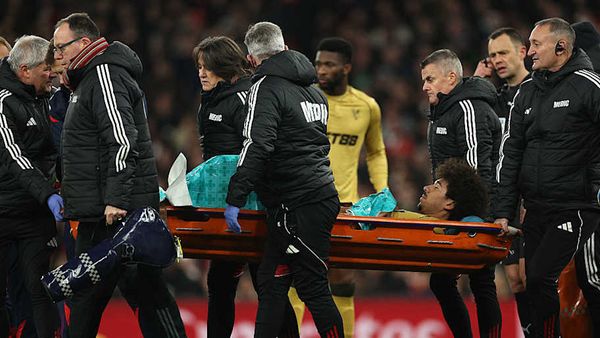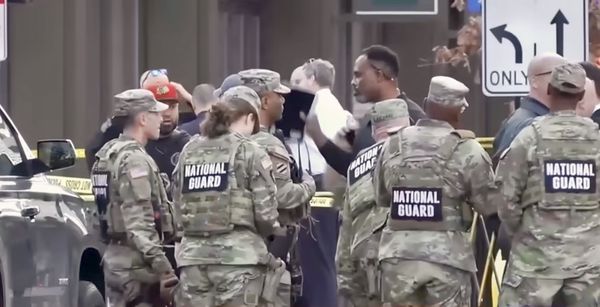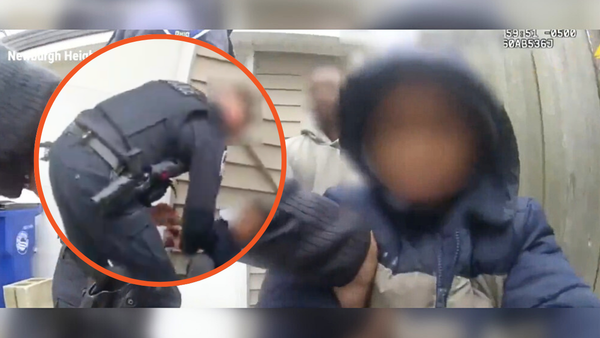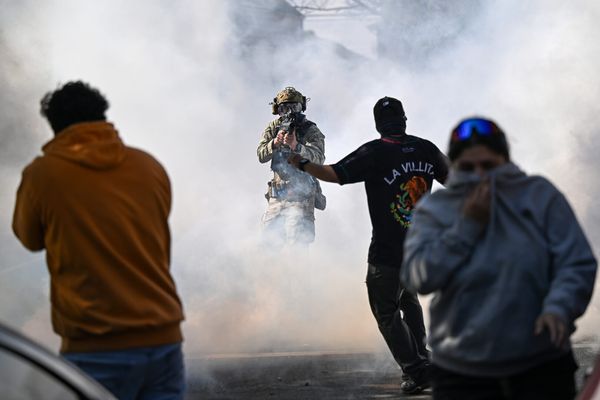
When you pay for car insurance, you expect it to cover you when things go wrong. But in some states, the real cost of car damage can leave you with a big bill, even if you have insurance. This isn’t just about high deductibles or fancy cars. It’s about the gap between what insurance pays and what repairs actually cost. If you live in one of these states, you could be stuck paying thousands out of pocket. Understanding where this happens—and why—can help you avoid nasty surprises. Here’s what you need to know about the states where insurance often falls short.
1. California
California is known for high living costs, and car repairs are no exception. Labor rates in cities like Los Angeles and San Francisco are some of the highest in the country. Insurance policies here often use “actual cash value” to determine payouts, which means depreciation hits hard. If your car is a few years old, you might get a check that doesn’t come close to covering repairs or replacement. And with wildfires and floods on the rise, more drivers are learning that their coverage isn’t enough. Always check your policy for exclusions and consider gap insurance if you have a loan or lease.
2. Florida
Florida drivers face unique risks. Hurricanes, flooding, and a high rate of uninsured drivers all play a role. Even if you have comprehensive coverage, water damage claims can get tricky. Insurers may deny claims for “pre-existing” issues or limit payouts based on the car’s age. Plus, Florida’s “no-fault” insurance system means your own policy pays first, but it often caps payouts well below the real cost of repairs. If you drive in Florida, review your policy limits and ask about flood coverage. You might need more than the minimum to stay protected.
3. Michigan
Michigan has some of the highest car insurance rates in the country, but that doesn’t mean you’re fully covered. The state’s unique no-fault system used to offer unlimited medical benefits, but recent reforms have changed that. Now, many drivers have lower coverage limits, and out-of-pocket costs for car damage can be steep. If your car is totaled, the payout may not match what you owe on your loan. And with high repair costs in cities like Detroit, you could end up paying the difference. Check your policy for coverage gaps and consider adding extra protection.
4. Louisiana
Louisiana drivers pay a lot for insurance, but many still find themselves underinsured. Severe weather, like hurricanes and flooding, causes major damage every year. Insurers often limit payouts for “act of God” events or require high deductibles. If your car is damaged in a storm, you might get less than you expect. And with high rates of uninsured drivers, you could be left paying for someone else’s mistake. Make sure your policy includes uninsured motorist coverage and review your deductibles before disaster strikes.
5. Texas
Texas is big, and so are its weather problems. Hail, floods, and tornadoes can cause serious car damage. Insurance policies here often have separate deductibles for different types of damage, like wind or hail. That means you could pay more out of pocket, even with full coverage. Plus, the cost of repairs in cities like Houston and Dallas keeps rising. If your policy only covers the “actual cash value” of your car, you might not get enough to fix or replace it. Ask your agent about replacement cost coverage and review your policy every year.
6. New York
New York’s high cost of living extends to car repairs. Labor rates in the city are among the highest in the nation. Insurance payouts are often based on standard rates, not what shops actually charge. That means you could get a check that doesn’t cover the full bill. And if your car is older, depreciation can leave you with a big gap. New York also has strict rules about what’s covered, so read your policy carefully. Consider adding supplemental coverage if you drive an expensive or older car.
7. Georgia
Georgia has seen a spike in severe weather, from tornadoes to flash floods. Many insurance policies here have high deductibles for storm damage. If your car is totaled, the payout may not match what you owe, especially if you have a newer vehicle. And with rising repair costs, standard coverage often falls short. Georgia also has a high rate of uninsured drivers, which can leave you on the hook if you’re hit. Review your policy for gaps and consider uninsured motorist protection.
8. Colorado
Colorado’s weather is unpredictable. Hailstorms are common, and they cause millions in car damage every year. Insurance companies often set high deductibles for hail claims, and some even limit coverage in high-risk areas. If your car is damaged, you might get a payout that doesn’t cover the full repair cost. And with rising prices for parts and labor, the gap keeps growing. Check your policy for hail exclusions and ask about comprehensive coverage options.
Protect Yourself from Coverage Gaps
Car insurance is supposed to give you peace of mind, but in these eight states, it often doesn’t cover the real cost of car damage. High repair costs, weather risks, and policy limits can leave you paying more than you expect. The best way to protect yourself is to read your policy carefully, ask questions, and consider extra coverage if you live in a high-risk area. Don’t wait until after an accident to find out what’s covered. Take action now to avoid big bills later.
Have you ever been surprised by what your insurance didn’t cover? Share your story or advice in the comments.
Read More
5 Car Features Being Removed Without Any Public Warning
7 Auto Features Being Phased Out Without Driver Input
The post 8 States Where Insurance Won’t Cover the Real Cost of Car Damage appeared first on Clever Dude Personal Finance & Money.







